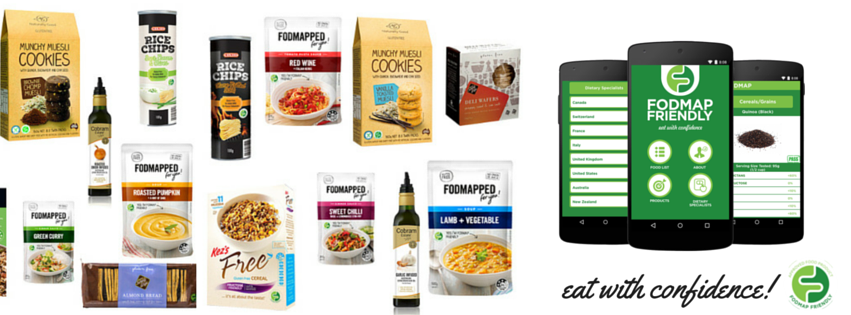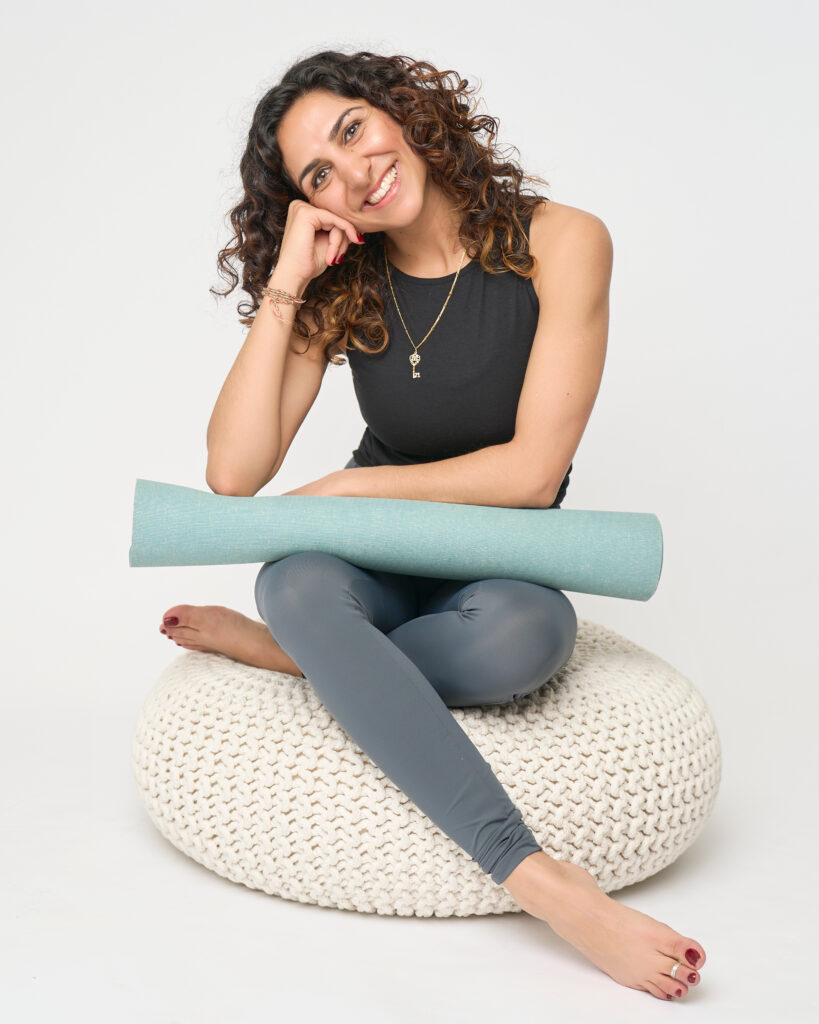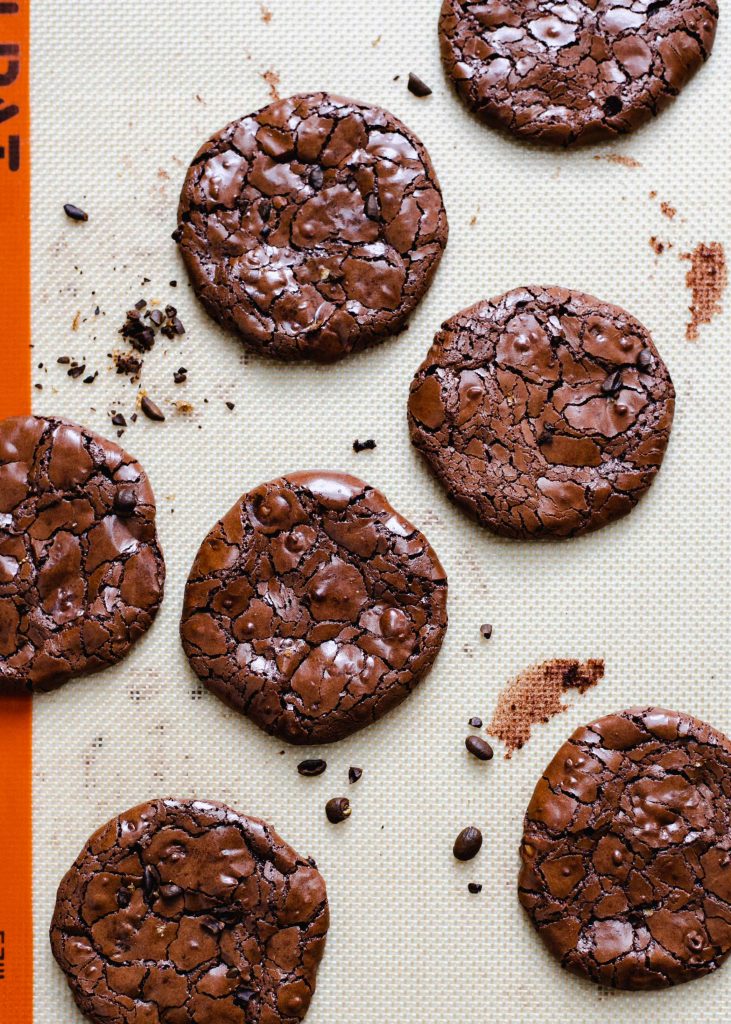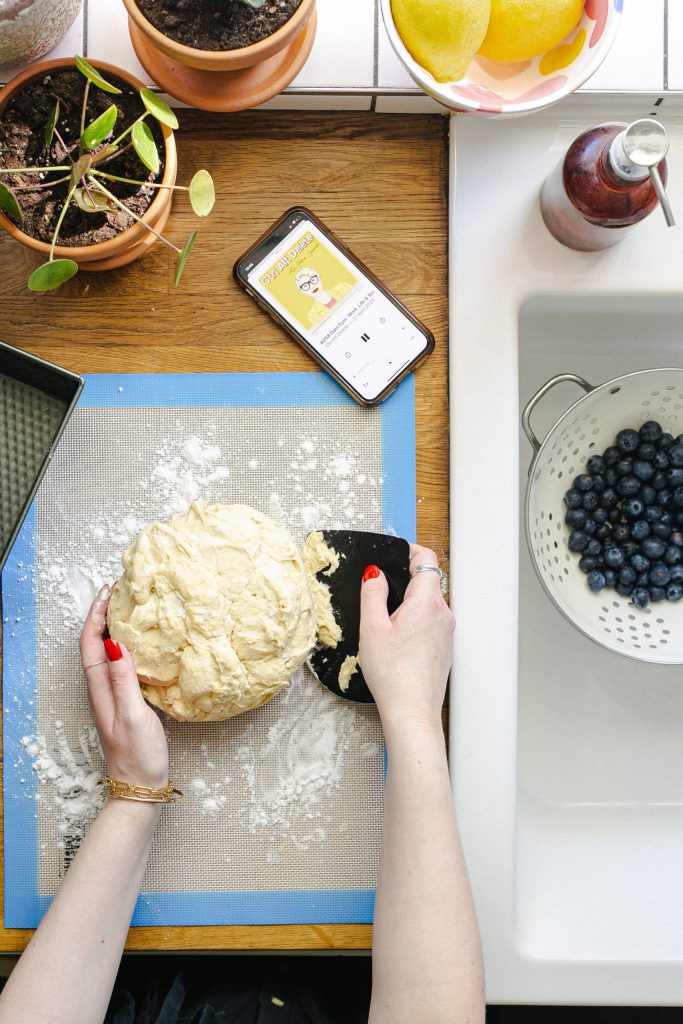
You know that feeling when you stand in the ‘Free-From’ section in a supermarket – so excited at the amount of products on offer, only to read through the ingredient lists and find that although items are gluten and dairy free they’re actually packed full of other sneaky high FODMAP ingredients.
Well guess what. What if I told you there’s now a FODMAP Friendly Certification logo to take out all of that guess work (and banish that annoying twenty minutes you stand there scanning those ingredient lists). I know! So good.
FODMAP Friendly are doing incredible things in the FODMAP space to further educate, create awareness and help those of us with food intolerances. I’m over the moon that awareness of the low FODMAP diet is finally growing in the UK (did you see that even amazing nutritional therapist Amelia Freer has a whole chapter dedicated to low FODMAP recipes in her new cookbook?) and this week the team at FODMAP Friendly have kindly shared their story on how they are helping the cause! I spoke with Tim Mottin, the co-founder of the program, and Laura Kalac, Business Development and Marketing Manager at FODMAP Friendly, to get more information about the certification and to find out just how it can help you.
Hi guys! Please could you tell us a bit more about the FODMAP Friendly Certification Program?
FODMAP Friendly is the only registered Certification Program worldwide, testing the FODMAP levels of packaged foods. We are registered with nearly every country around the world.
Manufacturers have their food products tested for their various levels of FODMAPs and testing is carried out independently by Australia’s largest testing facility, DTS Food Labs. Foods that are tested to be below the criteria threshold levels under the program are then certified and proudly display our green FODMAP Friendly logo. The FODMAP Friendly Certification logo can be found on numerous products across Australian supermarket shelves and we are in the process of expanding offshore at the moment, meaning that UK supermarkets should be seeing more of our logo very soon!
There is also a FODMAP Friendly App that has over 400 foods tested, which is an invaluable resource for anyone embarking on a low FODMAP approach to managing their IBS type symptoms. The App houses the data on all FODMAP tested foods and food products, with individual FODMAP sugar breakdowns included, to better allow the user to tailor the information to their specific thresholds. The App also includes a worldwide database of FODMAP health specialists, for the user’s benefit.
How can the FODMAP Friendly Certification help those that suffer from IBS and other digestive disorders?
The Certification Program requires that all foods be tested to verify their FODMAP levels, according to the criteria set out by the Certification Program. This means that the patient can be confident in the FODMAP level results obtained, and trust in the credibility of the program. The FODMAP Friendly approved logo is only given to food products which meet these testing standards, which gives the patient confidence that eating these products will not induce their IBS type symptoms. This assurance is very important for those embarking on a low FODMAP approach, as it takes the guesswork out of their grocery shopping, and allows them to relax a little about their food choices! Consumers don’t have to read labels for ingredients, but can just look for the logo, and for this reason, our motto is ‘Eat With Confidence!’
Where is the certification program based and what was your motivation for developing the logo?
The Certification Program is based in Melbourne, Australia, which is where the original research into FODMAPs began, some years ago. The program was spurred as a result of witnessing too many consumers given the diagnosis of IBS and food intolerances/malabsorption, and instructed to embark upon a low FODMAP diet to manage these symptoms. They had great difficult navigating the supermarket shelves, trying to read complicated ingredient labels, and making guesses as to which packaged foods would be suitable for them.
Taking the guesswork out of the equation by creating a program which could test and verify the FODMAP levels of foods, to make them easily identifiable to those 1 in 7 people with IBS type symptoms was the solution!
How do you test certain products to ensure they are FODMAP Friendly?
According to the rules and criteria within the Certification Program, testing is undertaken by DTS Food Labs who are the approved testing facility in Australia, and have a dedicated team of scientists responsible for FODMAP testing and verification. All foods are analysed in the Melbourne DTS laboratory, where they are broken down and analysed for each respective FODMAP using various food chemistry processes. After testing has been completed, a final report listing FODMAP levels is issued.
Do you have a list of products that are certified already? And where can readers buy these products?
In Australia, FODMAP Friendly products can be found on supermarket shelves nationwide! Currently, these products are also available for purchase online, and will soon be moving offshore for UK consumers. Our website and App list all the details of current FODMAP Friendly Certified brands.
Do FODMAP Friendly have their own range of products readers can eat?
No. as we must be independent from food manufacturers, as part of the Certification Program’s rules and regulations. FODMAPPED Foods (formerly known as Sue Shepherd Foods) is an exclusive line of low FODMAP meal options. These products are a fan favourite amongst FODMAPPERs, and were in fact the first products in the world, catering exclusively to those on a low FODMAP diet. However there are numerous other fabulous manufacturers with certified products which can be found on our website or within the FODMAP Friendly App.
What do you find is the most common misconception about a low FODMAP diet?
The most common misconception that people have is that it is a no FODMAP diet, as opposed to a LOW FODMAP approach. This means that small amounts (which fall below certain threshold levels) are generally well tolerated, with minimal symptoms.
This understanding makes a vast difference in the variety of foods included in the patient’s diet, and is a much more nutritionally balanced approach to managing symptoms!
What would your number one piece of advice be for those following the diet?
The best piece of advice we can offer is for the patient to use their own individual responses to a given food as the ultimate guide as to how to eat. Although thresholds and FODMAP levels can be prescribed generally speaking, it is still up to the individual to gage how they respond to specific foods and let that guide their judgement overall. Individual tolerance levels may change over time too – this is also something to keep in mind!
The low FODMAP diet is fantastic and awareness is growing – but it can be hard to keep track of what you can and can’t eat. Do you have an App readers can use?
There is the FODMAP Friendly App, which has data on over 400 FODMAP tested foods, including individual sugar breakdowns, a list of FODMAP Friendly Certified products and where to purchase, plus a worldwide FODMAP specialist database. You can find the App here: http://fodmapfriendly.com/app/
Where can readers go to find out more about the Programme? And are you on any social media channels?
Our website is a great tool for FODMAPPERs, with information about the low FODMAP diet itself, various resources, articles, recipes and more. You can find us here: http://fodmapfriendly.com. We are also very active on social media, working to spread the FODMAP Friendly message around the world! You can find us on Facebook, Instagram and Twitter.
Thank you very much for taking the time to chat with us Emma, we look forward to working together to continue to educate patients and consumers worldwide about all things FODMAP!






